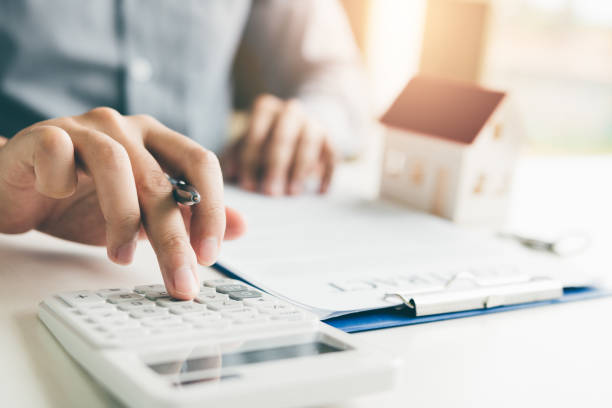The world is rapidly urbanizing, with an estimated 68% of the global population projected to live in urban areas by 2050. As cities continue to grow, there is a constant demand for real estate development. However, the traditional approach of building skyscrapers and sprawling suburbs can no longer sustain the needs and aspirations of modern society. This has paved the way for an urban renaissance – a shift towards more sustainable and inclusive real estate development that aims to reshape cityscapes.
At its core, urban renaissance refers to the revitalization and renewal of cities through thoughtful and innovative real estate projects. These projects are designed not only to meet read the full report growing demand for housing but also to create vibrant communities that enhance quality of life.
One key aspect of this movement is mixed-use development, which involves constructing residential buildings alongside commercial spaces such as offices, retail stores, and entertainment venues. By integrating different functions within one space, these developments promote walkability and reduce dependence on cars, thereby alleviating traffic congestion and air pollution.
Moreover, mixed-use developments also foster social interaction among residents by creating shared spaces like parks and community centers. This creates a sense of belongingness – something that is often missing in high-rise apartment complexes or cookie-cutter subdivisions.
In addition to mixed-use developments, another crucial element in shaping cityscapes is adaptive reuse – repurposing older buildings for new uses instead of demolishing them completely. This preserves historical structures while reducing waste and carbon footprint associated with construction.
For instance, many abandoned industrial buildings have been transformed into trendy loft apartments or office spaces in thriving cities like New York City or London. Not only does this add character to a neighborhood but it also provides affordable housing options near city centers where land prices are exorbitant.
Another trend gaining traction in urban renaissance is green building practices. Developers are increasingly incorporating sustainability measures into their projects such as using solar panels for energy production or installing green roofs for better stormwater management. These practices not only benefit the environment but also result in long-term cost savings for both developers and residents.
Moreover, the concept of New Urbanism is also gaining momentum with the aim to create walkable, mixed-use communities that promote a sense of place and social connectivity. This can be seen in developments like Hudson Yards in New York City or False Creek South in Vancouver where planners have put emphasis on public spaces, pedestrian-friendly design, and diverse housing options.
The impact of urban renaissance can already be seen across many cities globally. It has breathed new life into rundown areas and transformed them into destinations for living, working, and playing. By reshaping cityscapes through innovative real estate development, this movement not only promotes economic growth but also enhances livability for the ever-increasing urban population. As society continues to evolve, it is crucial for developers to embrace these principles to create sustainable and inclusive cities that will thrive now and in the future.



